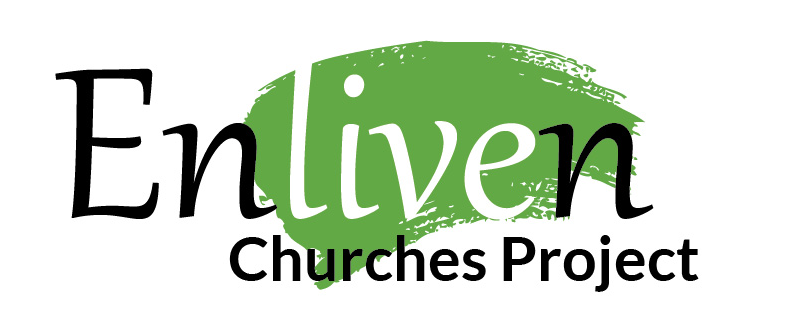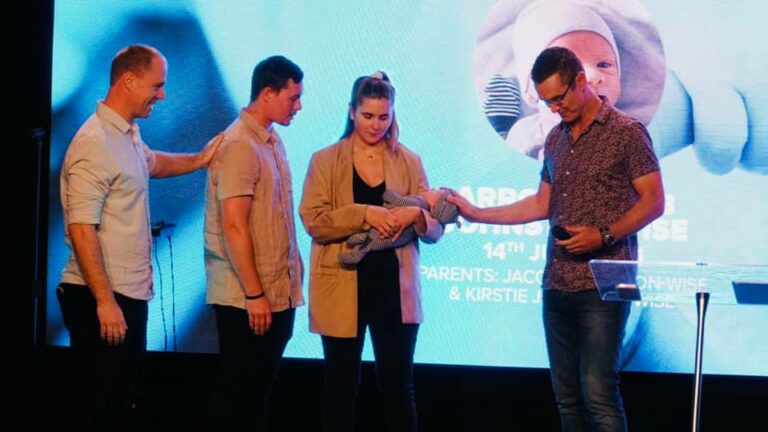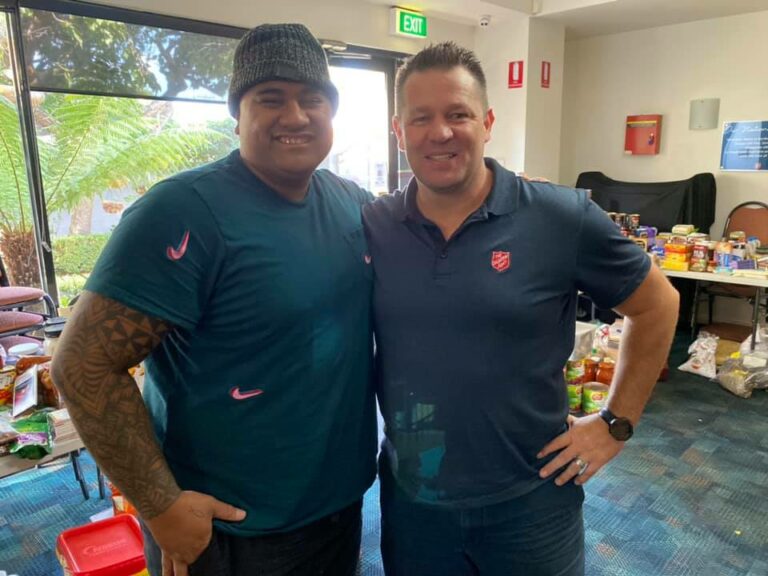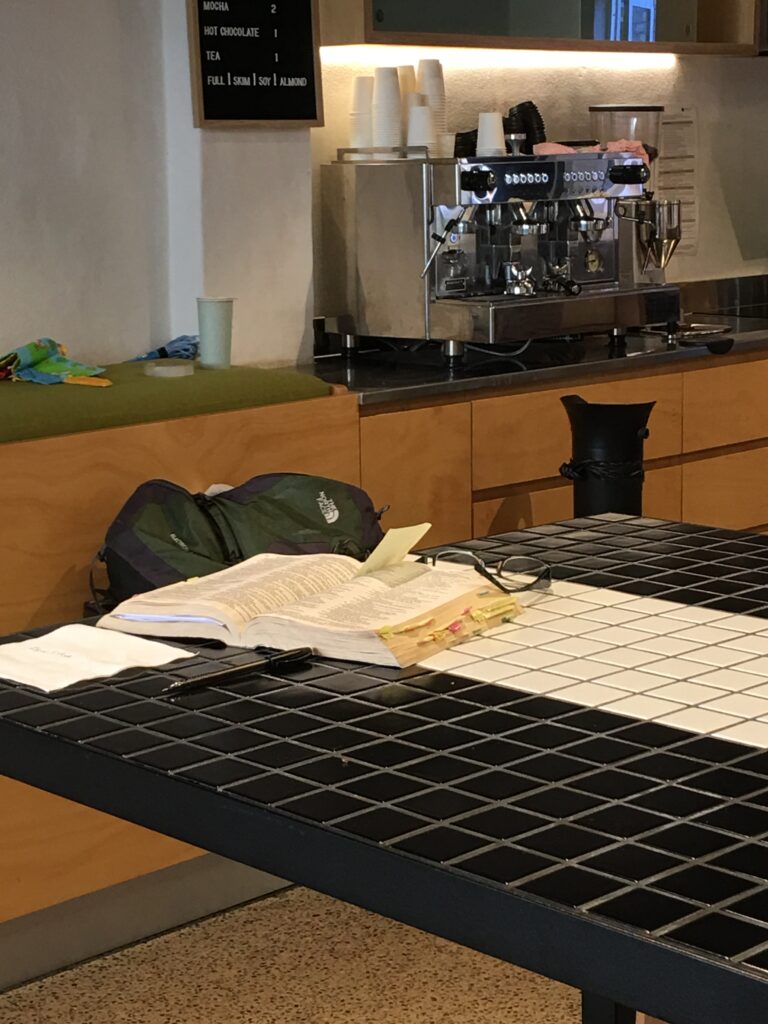Here’s an excerpt from our interview with South Sydney Uniting, whose leader Andrew Collis and his team, build their health and vitality through initiatives such as this.
Read the conversation below.
NCLS: Are there any other things that come to mind, in terms of nurturing your church’s vibrancy? What do you think this church is doing to invest, or is doing that allows flourishing to take place?
AC: The other thing that I haven’t talked about is the Eucharistic heart of the life of the parish. So, even though we have all kinds of ways for people to connect, it’s important to me and it was one of the draws for me to come here, but it’s owned as well by the members and the elders, that we celebrate a Eucharist every Sunday. And that the sacramental theology of that undercuts everything that we do. So, God is the bread, as Sister Corita Kent, one of my heroes, would say.
And breaking the bread, sharing what’s most necessary for life, and in a reverend and celebratory way and as a practice, holds us and nourishes us. I think without that, I don’t think it would be church.
So, the centrality of the Eucharist, the centrality of the alter table, in the way that we can feel the space, the worshipping around, I love as both an ancient faithful and contemporary, future-oriented thing to do. So, I guess that’s partly my visual arts kind of sensibility, but it’s not just that.
NCLS: So, this construction of the space…
AC: Where the furniture is, is enormously important. I remember a liturgical theology lecturer at UTC saying, walk into a church and notice where is the altar table and who has access to it, and it will tell you a lot about that community. I think that’s right. Not that there’s only one way for that to be right, but it still is, for awareness. If you’re not aware of that… And I’d add, where is the font and where is the pulpit. Where does good news come from? And then, how accessible is the table, is the bread and the wine?
NCLS: I think one of the things I find quite struck with this project so far, is the number of times, pretty much every time, physicality comes into it. And the importance of this physical space. So, talk me through anymore that you want to say about your facilities and use of space.
AC: And it’s evolving as well. We have a children’s area. Because it’s north, south, east, west, then we can have prayer songs that are antiphonal, that are coming from different directions. There’s no front and back, so no one is sitting at the back. We’ve tried a few areas for things, and happily at the moment there’s a children’s activity area in the south here. But the children also bring the communal elements to the table, and the bible for the reading.
And I imagine we’ll be doing more and more in the next year to, I imagine, concept this table to teach us the gospel in the way that they do the gospel for the day. But they’ve got their own activities table, which is very good for younger children, but they’re still right there with us. And if they need to duck out for a short story, then they’ve got the vestry and they can go there, and they always come back for the Eucharist with us.
And then we have the meditation area over here, which is on the second Sundays of the month, we have a small meditation group. We do a once a month bible study after church around this table. We do a once a month choir practice, and the music and the music area is just right here.
And we do a once a month social event, and we always have morning tea here. So, everything radiates from the altar table and we can always see what is going on, but there are nice little spaces for prayers and for mediation, et cetera.
I didn’t mention one thing here, this is our library. So, it’s called Saint Lydia’s library and that was something, I think, Clive Pearson actually preached here one day and was talking about Saint Lydia and the Book of Acts and how she deserved greater recognition as an early church leady. And we somehow grabbed hold of that idea and one of our elders, Katherine, who’s been the convener of the arts group for six years and is now our artist in residence… So, we have an artist in residence programme which we can talk about.
She was a librarian and is a librarian in another context. So, she actually invited donations of books and then did all the cataloguing and we have a system there, like an honour system, to borrow books and DVDs. And she curates that. And it’s also a symbol. We try and make sure that things are faithful, as well as creative, so that’s a symbol of diverse wisdom and traditions. You know? And God. Wherever there is wisdom, there is God. That’s one of the good names for God. So, there’s poetry and history and art and theology over there.
When we try to tell the stories, we try to move around the space a little. When we tell the story of St. Lydia, we go to St. Lydia’s house and we honour her.















